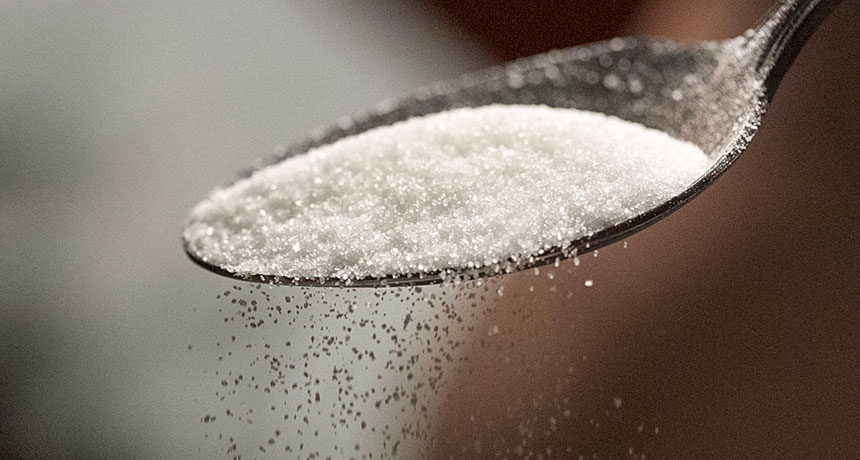atom The basic unit of a chemical element. Atoms are made up of a dense nucleus that contains positively charged protons and uncharged neutrons. The nucleus is orbited by a cloud of negatively charged electrons.
carbon The chemical element having the atomic number 6. It is the physical basis of all life on Earth. Carbon exists freely as graphite and diamond. It is an important part of coal, limestone and petroleum, and is capable of self-bonding, chemically, to form an enormous number of chemically, biologically and commercially important molecules.
cell The smallest structural and functional unit of an organism. Typically too small to see with the unaided eye, it consists of a watery fluid surrounded by a membrane or wall. Depending on their size, animals are made of anywhere from thousands to trillions of cells. Most organisms, such as yeasts, molds, bacteria and some algae, are composed of only one cell.
chemical A substance formed from two or more atoms that unite (bond) in a fixed proportion and structure. For example, water is a chemical made when two hydrogen atoms bond to one oxygen atom. Its chemical formula is H2O. Chemical also can be an adjective to describe properties of materials that are the result of various reactions between different compounds.
compound (often used as a synonym for chemical) A compound is a substance formed when two or more chemical elements unite (bond) in fixed proportions. For example, water is a compound made of two hydrogen atoms bonded to one oxygen atom. Its chemical symbol is H2O.
diet The foods and liquids ingested by an animal to provide the nutrition it needs to grow and maintain health.
extract (v.) To separate one chemical (or component of something) from a complex mix. (noun) A substance, often in concentrated form, that has been removed from its natural source. Extracts are often taken from plants (such as spearmint or lavender), flowers and buds (such as roses and cloves), fruit (such as lemons and oranges) or seeds and nuts (such as almonds and pistachios). Such extracts, sometimes used in cooking, often have very strong scents or flavors.
fatty liver disease A condition that results when too much fat builds up inside the liver. People who are obese or drink too much alcohol risk developing this condition. Left untreated and allowed to worsen, it can eventually lead to life-threatening liver failure.
fructose A simple sugar, which (along with glucose) makes up half of each molecule of sucrose, also known as table sugar.
glucose A simple sugar that is an important energy source in living organisms. As an energy source moving through the bloodstream, it is known as “blood sugar.” It is half of the molecule that makes up table sugar (also known as sucrose).
literally A term that the phrase that it modifies is precisely true. For instance, to say: "It's so cold that I'm literally dying," means that this person actually expects to soon be dead, the result of getting too cold.
liver An organ of the body of animals with backbones that performs a number of important functions. It can store fat and sugar as energy, break down harmful substances for excretion by the body, and secrete bile, a greenish fluid released into the gut, where it helps digest fats and neutralize acids.
metabolism (adj. metabolic) The set of life-sustaining chemical reactions that take place inside cells and bigger structures, such as organs. These reactions enable organisms to grow, reproduce, move and otherwise respond to their environments.
molecule An electrically neutral group of atoms that represents the smallest possible amount of a chemical compound. Molecules can be made of single types of atoms or of different types. For example, the oxygen in the air is made of two oxygen atoms (O2), but water is made of two hydrogen atoms and one oxygen atom (H2O).
nutrient A vitamin, mineral, fat, carbohydrate or protein that a plant, animal or other organism requires as part of its food in order to survive.
obesity (adj. obese) Extreme overweight. Obesity is associated with a wide range of health problems, including type 2 diabetes and high blood pressure.
organ (in biology) Various parts of an organism that perform one or more particular functions. For instance, an ovary is an organ that makes eggs, the brain is an organ that makes sense of nerve signals and a plant’s roots are organs that take in nutrients and moisture.
physiologist A scientist who studies the branch of biology that deals with how the bodies of healthy organisms function under normal circumstances.
ratio The relationship between two numbers or amounts. When written out, the numbers usually are separated by a colon, such as a 50:50. That would mean that for every 50 units of one thing (on the left) there would also be 50 units of another thing (represented by the number on the right).
risk The chance or mathematical likelihood that some bad thing might happen. For instance, exposure to radiation poses a risk of cancer. Or the hazard — or peril — itself. (For instance: Among cancer risks that the people faced were radiation and drinking water tainted with arsenic.)
toxic Poisonous or able to harm or kill cells, tissues or whole organisms. The measure of risk posed by such a poison is its toxicity.
type 2 diabetes (see also diabetes) A disease caused by the body’s inability to effectively use insulin, a hormone that helps the body process and use sugars. Unless diabetes is controlled, a person faces the risk of heart disease, coma or death.
vein Part of the body’s circulation system, these tubes usually carrying blood toward the heart.








